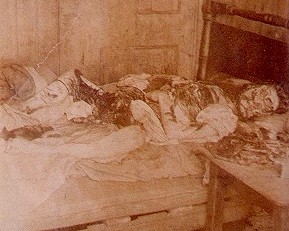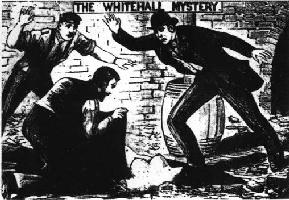In the early morning hours of Dec. 3, 2003, assistant U.S. attorney Jonathan Luna drove north out of Baltimore. At about 1 a.m. he withdrew $200 from an ATM in Newark, Del., and at 3:20 a.m. he bought gas at a Pennsylvania service plaza. At 4:04 he exited the Pennsylvania Turnpike with a bloodstained toll ticket.
At 5:30 a.m. his car was discovered in a stream behind a Pennsylvania well drilling company. Luna’s body was under the engine. He had been stabbed 36 times with his own penknife and drowned.
Despite a federal reward of $100,000, no one has ever explained what happened that night.




